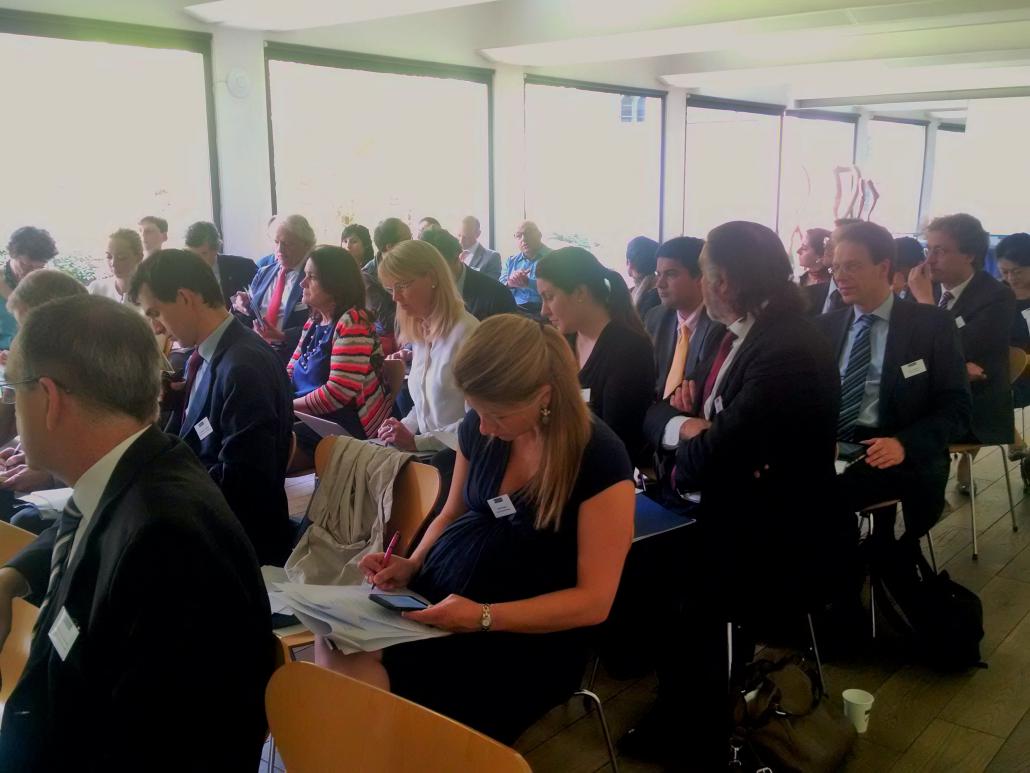
International Law Harmonization Conference
© 2003, Dawsey Co., LPA
January 2003
On December 19, 2002, the USPTO hosted a round table discussion on proposals for harmonizing U.S. patent law with the laws of other countries. As we move increasingly to a world economy, this topic will become of ever greater concern to U.S. inventors. Harmonization is being advanced at least in part to deal with the ever increasing backlog of work in world patent bureaus. An interesting figure mentioned during the discussion was that the average world patent examiner had 110 active cases in 1995 – and is expected to have 620 in 2003!
A contentious issue is that of the United States’ “first to invent” priority system versus most of the rest of the world’s “first to file” system. This fundamental difference poses great challenges in deciding what should be held as prior art.
A pharmaceutical representative noted that the major hurdles to obtaining meaningful foreign patent rights are: (1) cost, particularly that due to translations; (2) differences in substantive laws, including lack of a grace period overseas; (3) lack of a meaningful scope of protection, particularly in the pharmaceutical area; (4) difficulty in enforcing patent rights; and (5) inability to obtain sufficient damages. She noted that there had been some inroads made in costs, noting that the Patent Cooperation Treaty (PCT) has been an important benefit to small and large U.S. businesses that need to protect an invention in multiple countries. PCT enables a patent applicant to apply for protection in a large number of countries and defer or avoid substantial expenses that would be incurred in applying for patents directly through national patent offices. In recent years the PCT has become better known in the U.S. and much more widely used.
Mr. David Peyton, speaking on behalf of the National Association of Manufacturers (NAM) made a broad recommendation for true international patenting, advocating the production of a draft treaty as a prototype patent statute within all signatory states. The NAM advocates that the draft treaty contain a clear, comprehensive, and definitive statement of all substantive requirements for patentability. The draft treaty should include provisions calling for publications of all patent applications within a specific time period after filing of the priority documents and specific provisions related to the treatment of these publications as prior art. As envisioned by NAM, the draft treaty should contain provisions whereby decisions of patent offices within any signatory country will be given full faith and credit in the patent offices of other signatory countries. In effect, this entails mutual recognition of the patent examination in the signatory countries.
More details from this important conference can be found at the News & Notices site on the PTO website: www.uspto.gov.
